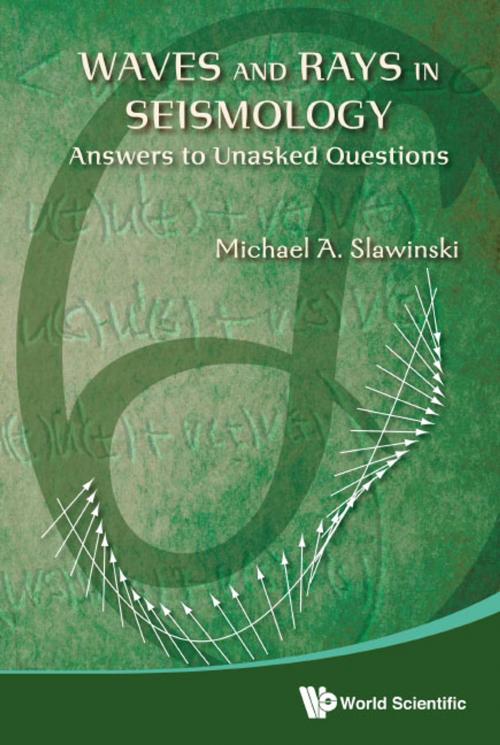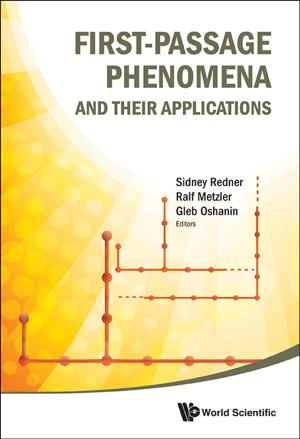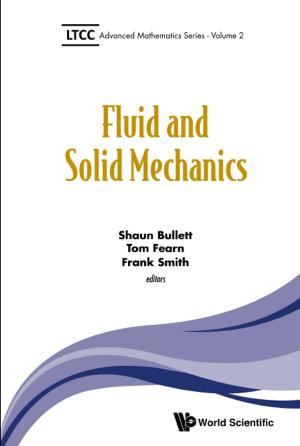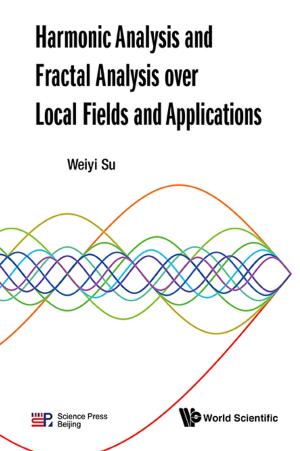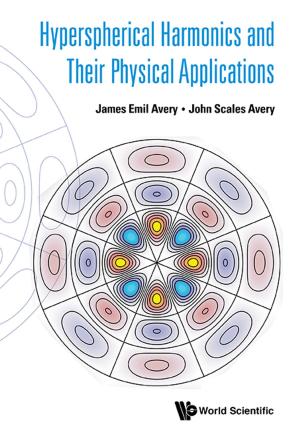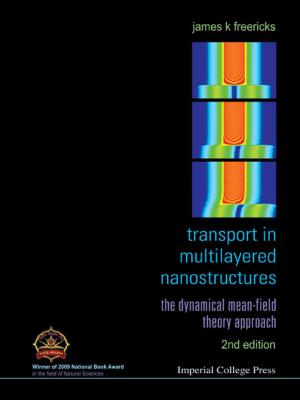Waves and Rays in Seismology
Answers to Unasked Questions
Nonfiction, Science & Nature, Science, Physics, Electromagnetism, Mathematical Physics| Author: | Michael A Slawinski | ISBN: | 9789814663779 |
| Publisher: | World Scientific Publishing Company | Publication: | July 28, 2016 |
| Imprint: | WSPC | Language: | English |
| Author: | Michael A Slawinski |
| ISBN: | 9789814663779 |
| Publisher: | World Scientific Publishing Company |
| Publication: | July 28, 2016 |
| Imprint: | WSPC |
| Language: | English |
The author dedicates this book to readers who are concerned with finding out the status of concepts, statements and hypotheses, and with clarifying and rearranging them in a logical order. It is thus not intended to teach tools and techniques of the trade, but to discuss the foundations on which seismology — and in a larger sense, the theory of wave propagation in solids — is built. A key question is: why and to what degree can a theory developed for an elastic continuum be used to investigate the propagation of waves in the Earth, which is neither a continuum nor fully elastic. But the scrutiny of the foundations goes much deeper: material symmetry, effective tensors, equivalent media; the influence (or, rather, the lack thereof) of gravitational and thermal effects and the rotation of the Earth, are discussed ab initio. The variational principles of Fermat and Hamilton and their consequences for the propagation of elastic waves, causality, Noether's theorem and its consequences on conservation of energy and conservation of linear momentum are but a few topics that are investigated in the process to establish seismology as a science and to investigate its relation to subjects like realism and empiricism in natural sciences, to the nature of explanations and predictions, and to experimental verification and refutation.
Contents:
- Science of Seismology
- Seismology and Continuum Mechanics
- Hookean Solid: Material Symmetry
- Hookean Solid: Effective Symmetry and Equivalent Medium
- Body Waves
- Surface, Guided and Interface Waves
- Variational Principles in Seismology
- Gravitational and Thermal Effects in Seismology
- Seismology as Science
Readership: Students, professionals, researchers, and laypersons interested in seismology.
Key Features:
-
Realism and empiricism in natural sciences is investigated together with the nature of explanations and predictions, as well as experimental verifications and refutations. These investigations aim to explain the foundational issues not discussed in most books on seismology
-
Also, these investigations engage the reader in explanations of technicalities presented in two recent books:
- Slawinski, M A, Waves and rays in elastic continua, Third edition. World Scientific Publishing, ISBN 978-9814641753
- Slawinski, M A and Bóna, A, Wavefronts and rays in characteristics and asymptotics, Second edition. World Scientific Publishing, ISBN 978-9814644792
The author dedicates this book to readers who are concerned with finding out the status of concepts, statements and hypotheses, and with clarifying and rearranging them in a logical order. It is thus not intended to teach tools and techniques of the trade, but to discuss the foundations on which seismology — and in a larger sense, the theory of wave propagation in solids — is built. A key question is: why and to what degree can a theory developed for an elastic continuum be used to investigate the propagation of waves in the Earth, which is neither a continuum nor fully elastic. But the scrutiny of the foundations goes much deeper: material symmetry, effective tensors, equivalent media; the influence (or, rather, the lack thereof) of gravitational and thermal effects and the rotation of the Earth, are discussed ab initio. The variational principles of Fermat and Hamilton and their consequences for the propagation of elastic waves, causality, Noether's theorem and its consequences on conservation of energy and conservation of linear momentum are but a few topics that are investigated in the process to establish seismology as a science and to investigate its relation to subjects like realism and empiricism in natural sciences, to the nature of explanations and predictions, and to experimental verification and refutation.
Contents:
- Science of Seismology
- Seismology and Continuum Mechanics
- Hookean Solid: Material Symmetry
- Hookean Solid: Effective Symmetry and Equivalent Medium
- Body Waves
- Surface, Guided and Interface Waves
- Variational Principles in Seismology
- Gravitational and Thermal Effects in Seismology
- Seismology as Science
Readership: Students, professionals, researchers, and laypersons interested in seismology.
Key Features:
-
Realism and empiricism in natural sciences is investigated together with the nature of explanations and predictions, as well as experimental verifications and refutations. These investigations aim to explain the foundational issues not discussed in most books on seismology
-
Also, these investigations engage the reader in explanations of technicalities presented in two recent books:
- Slawinski, M A, Waves and rays in elastic continua, Third edition. World Scientific Publishing, ISBN 978-9814641753
- Slawinski, M A and Bóna, A, Wavefronts and rays in characteristics and asymptotics, Second edition. World Scientific Publishing, ISBN 978-9814644792
